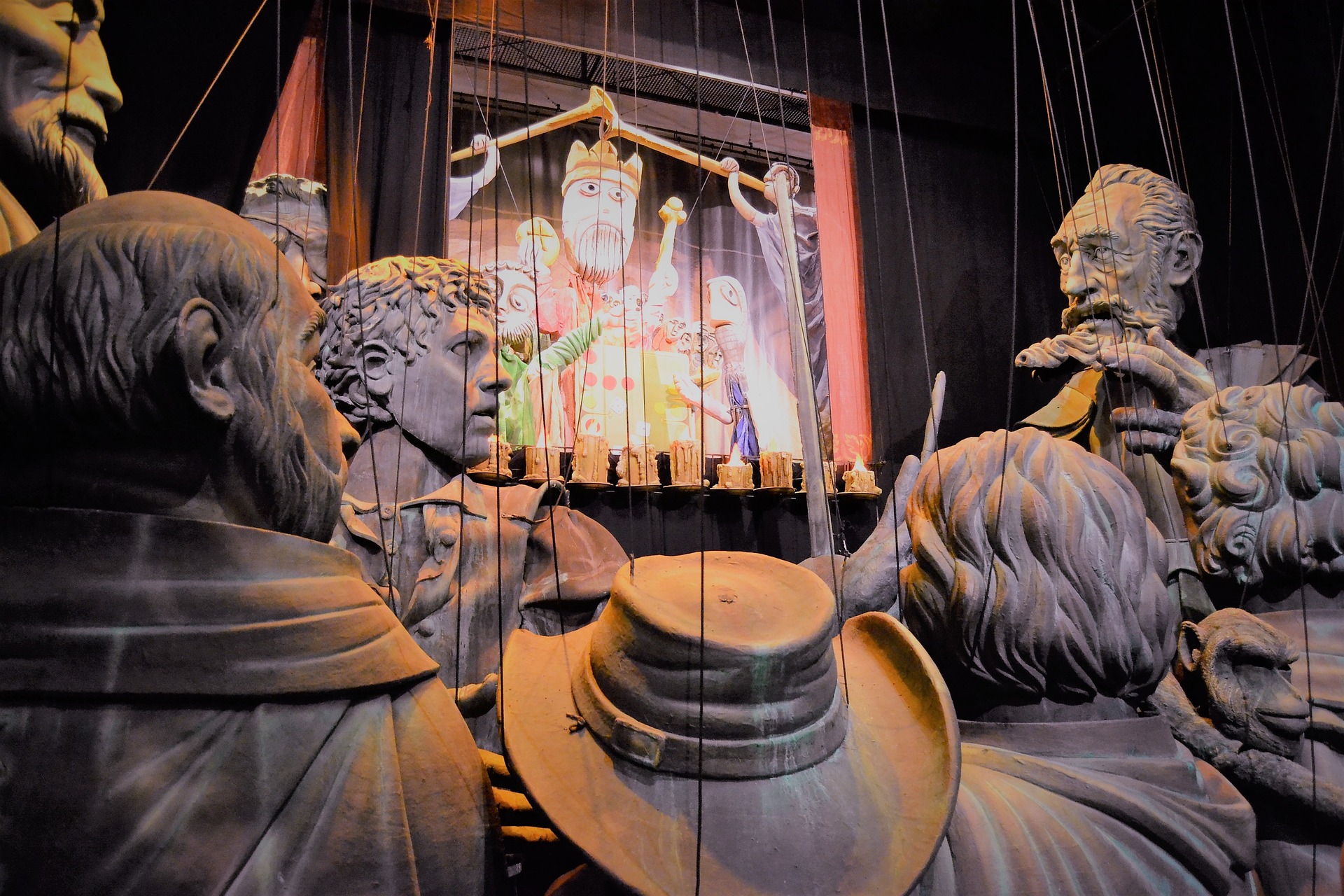Artistic Innovation: The Thriving World of Digital Storytelling
Digital storytelling is rapidly transforming the landscape of the arts and entertainment industry, offering a fusion of traditional narrative techniques with cutting-edge technology. This fascinating development is reshaping our engagement with art, pushing boundaries, and challenging conventional notions of creative expression.

The Genesis of Digital Storytelling
Digital storytelling is not a new phenomenon; its roots can be traced back to the advent of the internet. However, it has evolved significantly over the years. In its nascent stage, digital storytelling was simply the use of digital tools to create and share stories. However, as technology advanced, so did the extent of its definition and application. The advent of social media, virtual reality, augmented reality, and other interactive tech tools have expanded the horizons of digital storytelling, making it an immersive and interactive experience.
The Current Landscape of Digital Storytelling
Today, digital storytelling is an exciting field that is constantly evolving and expanding. It is being used in a variety of contexts, from education and marketing to activism and art. Artists are embracing digital storytelling to create compelling narratives that engage audiences on a deeper level. For instance, the use of virtual reality in art installations allows viewers to step into the artist’s world, experiencing the art from a unique and immersive perspective.
Impact and Significance
Digital storytelling has the power to transform our understanding and experience of art. It offers a level of interactivity and immersion that traditional art forms cannot provide. This level of engagement can make art more accessible and relatable, breaking down barriers and opening up new avenues for creative expression. It blurs the lines between the artist and the audience, allowing for a more participatory and collaborative art experience.
Reception of Digital Storytelling
The reception of digital storytelling has been overwhelmingly positive. It has been embraced by artists, curators, and audiences alike. Digital storytelling has breathed new life into the art world, proving that technology and art can coexist and enhance each other. In fact, some of the most renowned art institutions, such as the Museum of Modern Art in New York and the Tate Modern in London, have incorporated digital storytelling into their exhibitions, further validating its significance in the contemporary art scene.
The Future of Digital Storytelling
Despite its already transformative impact, digital storytelling is still in its early stages. As technology continues to evolve, so will the possibilities for digital storytelling. Upcoming developments like artificial intelligence, machine learning, and blockchain technology hold immense potential for transforming digital storytelling even further.
Digital storytelling represents a significant departure from traditional art forms. However, it is not a threat to conventional art but an exciting addition to the rich tapestry of creative expression. As we continue to explore and understand this fascinating field, one thing is clear: digital storytelling is here to stay, and it is set to redefine our engagement with art in ways we can only begin to imagine.




